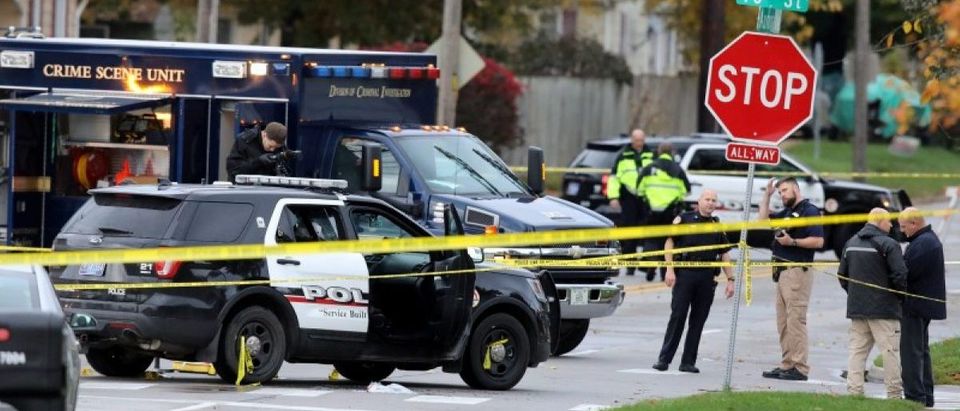If you heard a scream of frustration emanating from the headquarters of Everytown for Gun Safety or whatever cushy mansion or penthouse Michael Bloomberg is in, here’s what is probably the reason: Their nonsense case against the Concealed Carry Reciprocity Act took another hit because of what happened on I-10 last week.
Here’s the brief rundown, in case you didn’t already know: An Arizona State Trooper, Edward Andersson, had been ambushed and shot, and the trooper’s assailant was straddling him mixed martial arts-style while banging his head against the asphalt of the interstate highway. A passer-by noticed the attack, retrieved his gun from a locked case in his car, and after the suspect ignored verbal warnings, fired shots that fatally wounded Andersson’s assailant. The passer-by was headed to California.
In other words, someone just demonstrated what has been driven home in many terrorist attacks and mass shootings: The police, paramedics, and firemen are the second responders to events like that. The first responders are the people who are on the scene when the attack is going down. In the case of the January 12 incident on I-10 in Arizona – a first responder on the scene had the tools to stop the attack before Andersson was killed.
Just that alone puts Everytown for Gun Safety in a serious hole. But there is more information about this incident that provides further evidence of how flimsy their case is.
Andersson’s assailant was in the United States illegally. Under 18 USC 922(g)(5)(A), the assailant wasn’t even supposed to have a gun in the first place. Yet that assailant, a former Mexican cop, had a firearm that he used to shoot the trooper before forcing him to the ground. The assailant was also known to use drugs. That also would make it illegal for him to even touch firearm, let alone own one due to 18 USC 922(g)(3). Each of those violations, by the way, nets someone up to ten years in federal prison.
It should also be noted that two other citizens stepped in to aid Andersson. One of the other Good Samaritans used the trooper’s radio to call for help when it was obvious cell phones were not working. A second retrieved the first-aid kit from Andersson’s patrol car and began to render first aid. One lesson to keep in mind is to know where your cell phone works and where it doesn’t. If you will be in a place where you have limited – or no – cell phone service, have some kind of alternate arrangement for communication.
The second lesson comes from this – your safety equipment isn’t just a gun. Your cell phone is part of the equipment, and you should be aware of its capabilities, as you are aware of a gun’s. In some cases, it may save your life – simply by being able to communicate with a dispatcher so you don’t end up dead.
Training should also encompass more than just shooting a gun. First aid training is very useful – and not just in the aftermath of a self-defense incident. It could be a home accident with a family member. It could be coming across a car accident. When seconds count, paramedics are likely to be minutes away – if not more, because sometimes they will wait for the cops to secure a scene before going in.
Currently, Edward Andersson is recovering from the assault at home. He is alive because a Good Samaritan saw the attack and decided to act. That Good Samaritan also had a gun.


